- Contact Us
- |
- Feedback
- |
- |
-
English
- |
- Inquiry List
The weather can affect the water quality of your swimming pool in different ways. Let's take a brief look at what you need to consider for each type of weather.
At the start of spring, it’s time to get the swimming pool ready for the summer again. First remove all the dirt from the pool using a scoop net.
Then check that the filter system is working properly. If this is working properly, you can then proceed with adjusting the water quality.
There is a simple sequence for doing this. Start by adjusting the pH value to between 7.2 and 7.6 pH. When the pH value is constant, readjust the chlorine level using chlorine granules.
Then check the water quality twice a week and adjust where necessary.
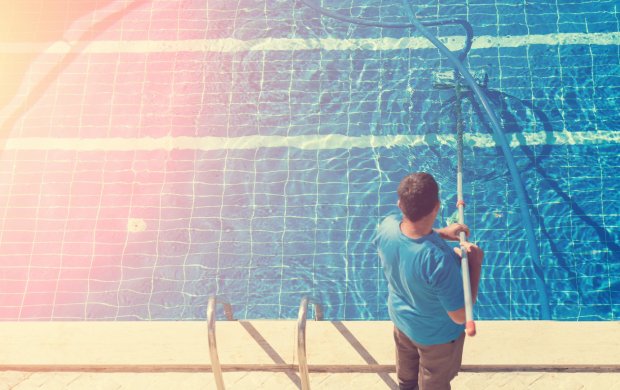
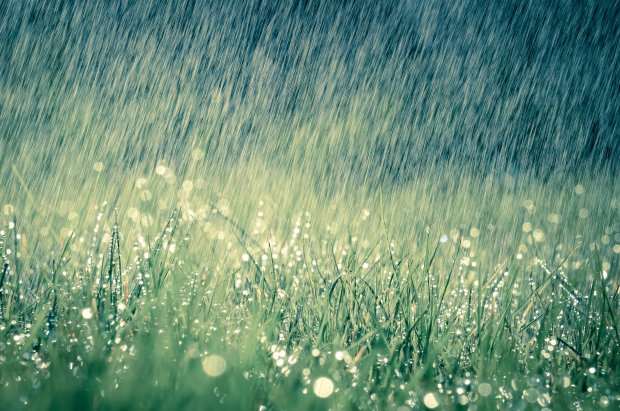
If a lot of water falls from the sky a short period of time, this will affect the quality of the water. First and foremost, the rainfall causes the chemical substances in the water to be diluted. The water balance is lost as a result. For this reason, we advise you to check the water quality after a day of heavy showers.
In addition, rain causes a lot of bacteria and other dirt to end up in the water. This attacks the active chlorine. The active chlorine will drop after a heavy rain shower. You need to bring this back to the right level.
Before you start, you should check the pH level. The other chemicals can only be adjusted to the right level once this pH balance is correct.
If you can enjoy the sun alldayand night, then it’s ideal for you to enjoy your swimming pool. But after a day’s swimming, it's best to check the water quality.
The many hours of sunshine make the chlorine disappear more quickly. The UV rays of the sun break down the chlorine. After a sunny day, you should definitely check the chlorine level.
When the sun clocks up a lot of hours, the swimming pool gets used more. This also results in the products losing their effectiveness faster. After a day in the pool, test the water quality and add the necessary products.
In good weather, the chance of algae growth increases. This is why it is especially important to maintain the water quality and, in particular, the chlorine level during that period. This way, you will avoid green pool water and you can continue to enjoy the swimming pool.
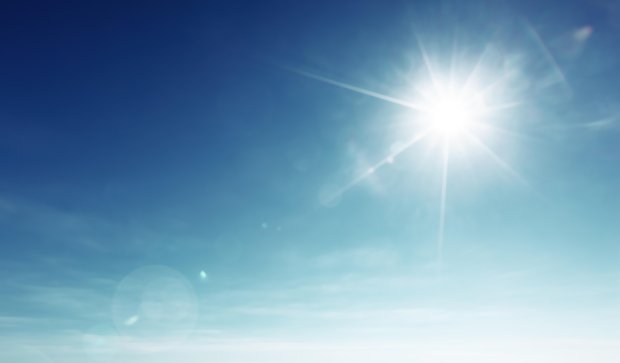
In summer, we can sometimes be lucky enough to enjoy long periods of hot weather, when we have stable weather of around 25°C for a 2-week period or longer.
During these periods, the water from the pool will evaporate more quickly. Note: this can be a few centimetres a day. It is very important to top up the water during that period.
In such hot weather, the swimming pool gets used more than normal. This leads to an increase in the consumption of maintenance products. Make sure you have sufficient stock and that you adjust the water quality on a daily basis.
If you do not keep an eye on the water quality for a few days, the chance of algae growth will increase. If you are away for a weekend or a week, make sure someone comes in to check and adjust the water quality.
But good weather does provide a lot of advantages, of course. For example, the heating doesn’t have to run as the temperature hardly drops at night and nobody needs a swimming pool warmer than 30°C.
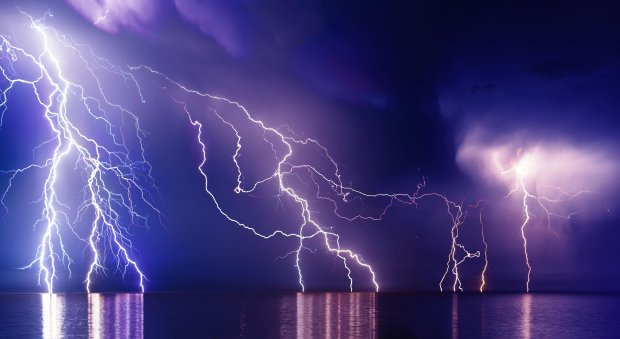
Heavy storms can occur in summer as well as winter. Storms are also often accompanied by hailstones. It is these hailstones that are responsible for damaging the roller shutter slats. If you want to avoid this damage, open the shutter before the storm starts. The slats will then be protected in the roller shutter casing.
In addition to hail damage, rainfall can also affect the water quality in the swimming pool. After each storm, measure the pH and chlorine levels of the swimming pool and adjust them if necessary.
In late summer, you can often still use your swimming pool for a long time. Once October begins, most swimming pools are made ready for the winter. If the pool has not been prepared for the winter break, you still need to test and adjust the water quality at least once a week.
Once you’re sure that you don’t want to swim in it any more, it's time to get the pool ready for winter.
If you suffer from leaves in the garden, it is best to put a winter cover over the swimming pool. This will ensure that no leaves end up in the pool. This makes it easier to keep the water quality under control and there’s less to do to get the pool ready for swimming again in the spring.
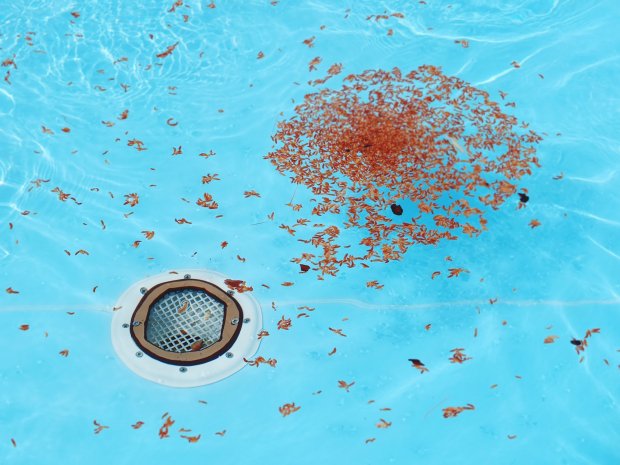
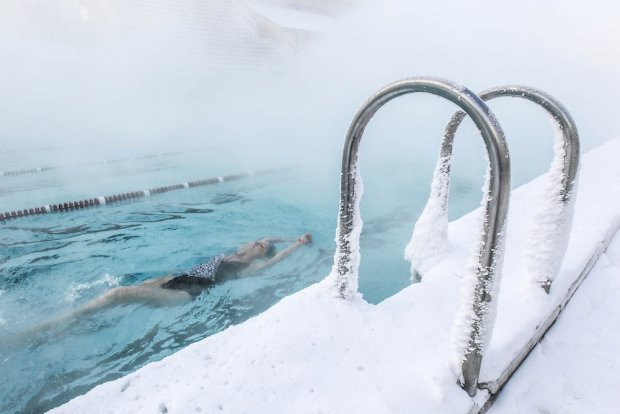
From November to the end of February, you hardly need to spend any time maintaining your swimming pool. You don’t have to check the water quality as long as you don’t decide to go swimming. This can normally be done again in March. However, we do advise you to add some winter product to the swimming pool during the winter period and in February.
Algae growth is also not possible during this time as algae can only grow in an environment in excess of 15°C.
It is best to let the water circulate in the pipes. This will help to avoid frost damage and keep the pipes moving. That ensures better start-up in the spring.
should you have more question, welcome to contact us: info@micpoolspa.com call/whatsapp/wechat: +8618565368026 www.micpoolspa.com